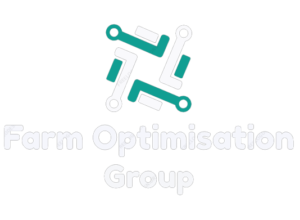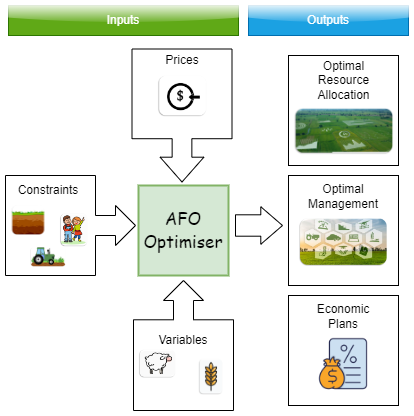
Farm Optimiser Platform
An Advanced Decision Tool
An easy-to-use platform, helping you gain a deeper understanding of your farm system, overcome management challenges, optimise management practices, and boost profitability and sustainability.
The Farm Optimiser is an industry leading web-based decision tool that leverages your on-farm data, cutting-edge research and a powerful optimisation algorithm to deliver economically informed solutions to your strategic problems.
Underpinned by decades of scientific work Farm Optimiser encompasses biological and economic relationships for the entire farm system. Including components of soils, rotations, crops, pastures and novel feeds, livestock, stubble, supplementary feeding, machinery, labour and finance. Farm Optimiser has been widely applied and validated in the research sector including work such as Young et al., 2022 and Young et al., 2023.
Further details can be found here.
Producers
Explore our expanding array of built-in analyses available for your farm.
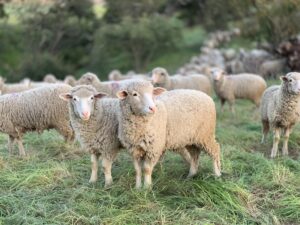
Overview:
Stocking rate is a key profit driver. Learn if your farm sits under or over stocked and what the economic impact is.
Price: $700
Re-run price: $50
Details:
The selection of an appropriate stocking rate is primarily contingent on the profitability of the livestock enterprise. This profitability, in turn, hinges upon various factors, including wool and meat prices, feed expenses, and managerial practices (such as crop area and flock structure) and skills.
In essence, determining the optimal stocking rate is a whole farm decision that is different for each farm. In this analysis, the stocking rate decision is examined within the whole farm to identify the optimal stocking rate for your system and quantify the sensitivity of profit to changes in stocking rate. Ultimately providing you with confidence in your management.
Below are some example results to be expected.
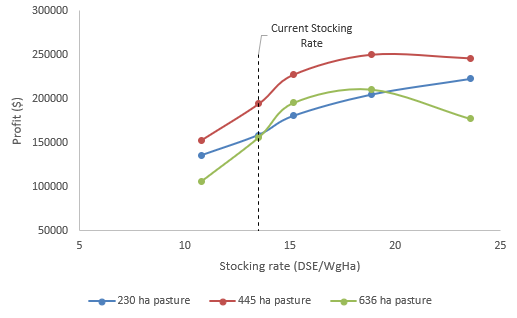
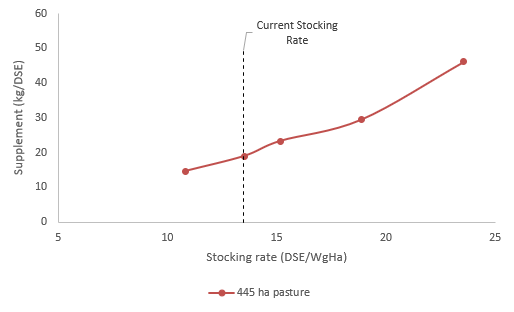
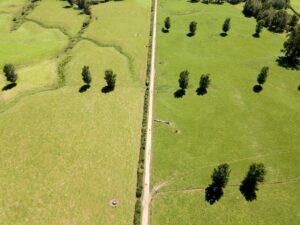
Overview:
The optimum proportion of the farm to crop varies with commodity prices. Know where your farm sits relative to the current and predicted prices.
Price: $750
Re-run price: $50
Details:
One of the pivotal determinants influencing pasture allocation is the relative profitability between the stock and cropping enterprises. This decision is contingent on a complex interplay of factors, including the topographical features of paddocks, soil composition, prevailing weather conditions, commodity price dynamics, and the managerial competencies and practices of the farming operation, including the crucial aspect of stocking rates.
However, arriving at the optimal pasture area is a multifaceted undertaking that transcends the simple identification of the most profitable enterprise for each paddock. This complexity arises from various considerations, such as the ability to supplementary feed to reduce the need for pasture, constraints imposed by labour and machinery resources, and the synergy between the cropping and livestock enterprises. This synergy encompasses elements such as rotation effects (e.g., pest control), crop grazing, stubble utilisation, as well as the efficiency gains achieved through labour and machinery coordination.
The results provided from this analysis comprehensively account for all these factors to provide tailored and informed guidance for decision-makers. Some of the results from this analysis include tailored pasture percentage curves for your system, spanning three distinct price levels and supplementary expectations at different pasture areas.
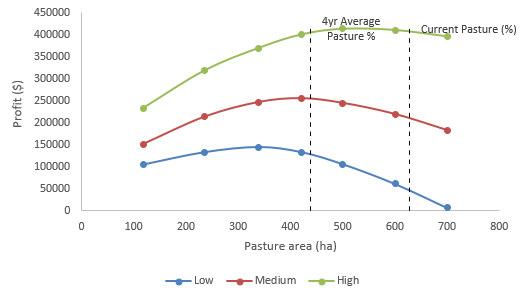
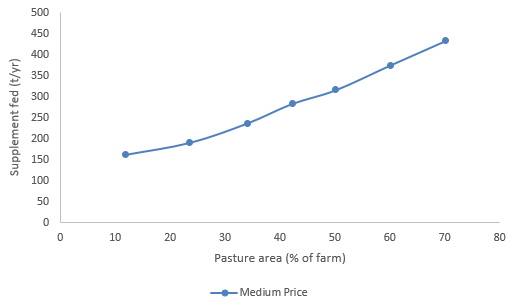

Overview:
Determine if legumes are profitable for your system and the optimal area to establish for various production and price outlooks.
Price: $800
Re-run price: $50
Details:
Key questions addressed in this analysis:
- What area of legumes should I include in my rotations?
- What production or price required to make legumes profitable?
These decisions are contingent on a complex interplay of factors, including paddock soil composition, rotational synergies, commodity price dynamics, and the managerial competencies and agronomical practices of the farming operation. Accordingly, deriving the optimal legume area is a multifaceted undertaking that transcends the simple identification of a paddock gross margin.
The analysis will comprehensively account for all these factors to provide tailored and informed guidance for decision-makers. To facilitate this process, sensitivity analysis on price and legume yield will be included.
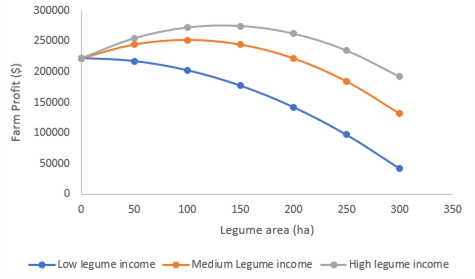
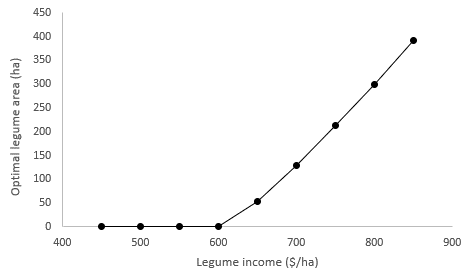
We are constantly growing the list of built-in analyses to help answer topical questions facing your business.
If you are facing a challenge or question that is not listed, get in contact with us. It is likely that we can still provide an analysis solution.
Researchers
Build your own custom analyses and leverage existing regional data included in the platform to examine the economics and management implications of the latest innovations and developments.
